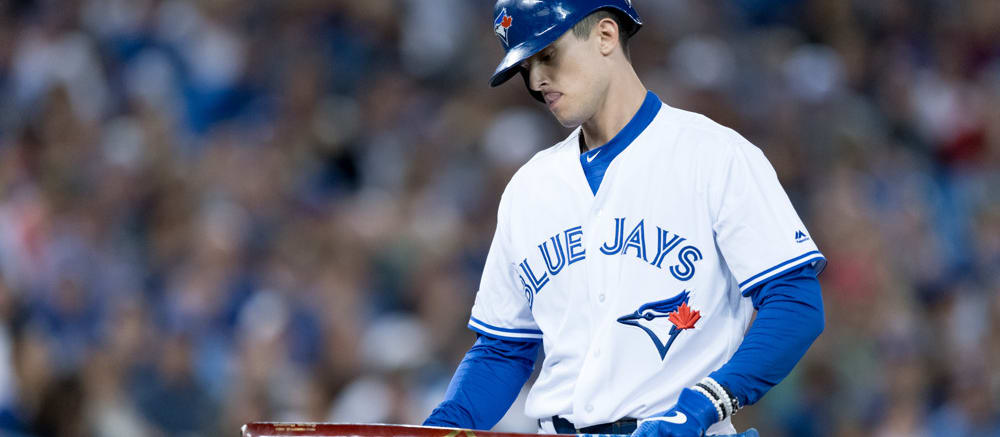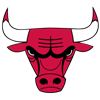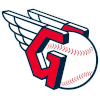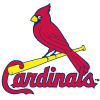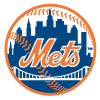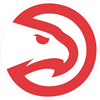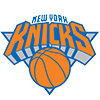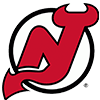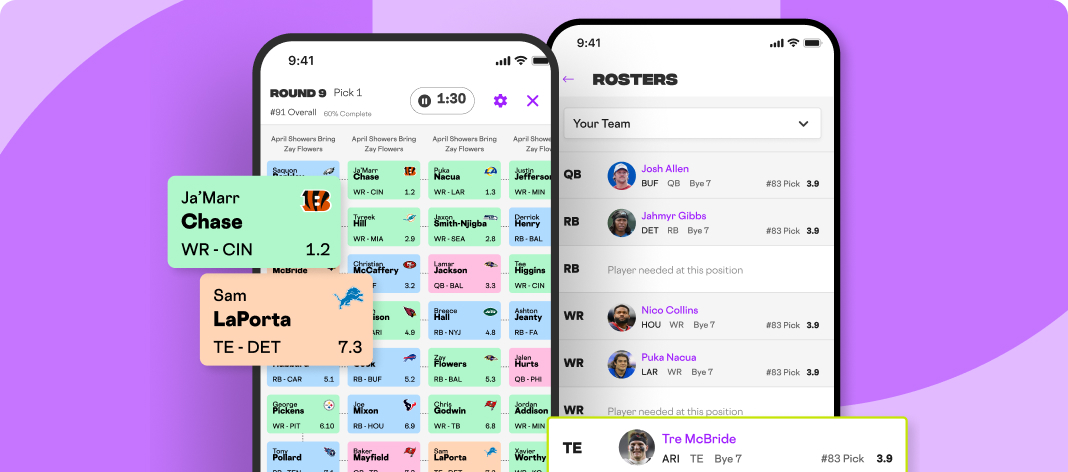Several weeks ago, MLB announced changes to this season's baseball. Specifically, it will be a bit softer, decreasing the coefficient of restitution, or bounciness. Initial tests estimate the drop in exit velocity will cost a 375-foot fly ball a couple feet in distance. It remains to be seen what will transpire in games, as there are other factors at work. However, until we see the new ball in regular season play, all we can do is speculate.
A leading indicator of home runs per fly ball (HR/FB) is average fly ball distance. This was first presented by Mike Podhorzer of Rotographs. It's become one of my favorite analytical tools.
Intuitively, not all batters will be influenced equally if the ball acts as suggested. Those with a very low average fly ball distance don't hit enough homers with which to be concerned. The group with an exceptionally high distance likely won't be affected either, as losing a foot or two will rarely matter.
Graphing several season's worth of HR/FB versus average fly ball distance data reveals a point where losing a few feet of distance will cost a disproportionate number of homers relative to those with a greater or lesser average flight. The not-so-sweet spot is between 313 and 320 feet. As such, it stands to reason players with a historical average fly ball distance in this range are more susceptible to a power drop than the rest of the field. It's not as simple as that, since the player's home
Several weeks ago, MLB announced changes to this season's baseball. Specifically, it will be a bit softer, decreasing the coefficient of restitution, or bounciness. Initial tests estimate the drop in exit velocity will cost a 375-foot fly ball a couple feet in distance. It remains to be seen what will transpire in games, as there are other factors at work. However, until we see the new ball in regular season play, all we can do is speculate.
A leading indicator of home runs per fly ball (HR/FB) is average fly ball distance. This was first presented by Mike Podhorzer of Rotographs. It's become one of my favorite analytical tools.
Intuitively, not all batters will be influenced equally if the ball acts as suggested. Those with a very low average fly ball distance don't hit enough homers with which to be concerned. The group with an exceptionally high distance likely won't be affected either, as losing a foot or two will rarely matter.
Graphing several season's worth of HR/FB versus average fly ball distance data reveals a point where losing a few feet of distance will cost a disproportionate number of homers relative to those with a greater or lesser average flight. The not-so-sweet spot is between 313 and 320 feet. As such, it stands to reason players with a historical average fly ball distance in this range are more susceptible to a power drop than the rest of the field. It's not as simple as that, since the player's home park could help mitigate the drop, but this is all speculation anyway.
Below are several tables with some commentary.
GROUP I: Batters RotoWire projects to hit at least 20 homers but are in the most danger of being hurt by the less bouncy baseball.
GROUP II: Those also expected to knock at least 20 out of the yard, but who shouldn't be affected as much.
GROUP III: Hitters we project to bash fewer than 20 dingers but are relevant enough names that you should be aware they could lose a long ball or two.
GROUP I
| Player | Team | Dist | Proj HR | Comment |
|---|---|---|---|---|
| Vladimir Guerrero | TOR | 316 | 26 | New swing could add distance |
| Will Smith | LAD | 316 | 26 | Small sample, still a top backstop |
| Nate Lowe | TEX | 315 | 20 | Still not clear how Globe Life Field will play |
| Miguel Cabrera | DET | 315 | 20 | Injuries played a part in a lower average |
| Wilmer Flores | SFG | 314 | 21 | Will be interesting to see if wind patterns in Oracle Park continue to boost offense |
| Cavan Biggio | TOR | 313 | 20 | Most already anticipating HR regression, could be a tad steeper |
| Max Kepler | MIN | 313 | 27 | Target Field quietly suppresses power |
| Yoshi Tsutsugo | TAM | 313 | 22 | Very small sample |
| Clint Frazier | NYY | 313 | 27 | Pulls 40% of fly balls and left field is deep in Yankee Stadium |
| Alex Dickerson | SF | 313 | 23 | Small sample |
| Trent Grisham | SD | 313 | 24 | May already be losing SB if he bats 8th vs. LHP, can't afford to lose HR too |
| Ketel Marte | ARI | 312 | 21 | Yearly distances all over the place |
| Marcus Semien | TOR | 311 | 23 | Should benefit from park upgrade |
| Kyle Tucker | HOU | 311 | 28 | A bit surprised, but still developing |
It's not a coincidence several in this group were the chief beneficiaries of the 2019 power surge, as this is the range helped most by the additional five to 10 feet of extra distance resulting from less wind resistance. For what it's worth, 2019 average fly ball distances were normalized when doing the initial research.
GROUP II
| Player | Team | Dist | Proj HR | Comment |
|---|---|---|---|---|
| DJ LeMahieu | NYY | 321 | 24 | Opposite field power will still play at home |
| Mike Moustakas | CIN | 321 | 33 | Very little concern in Great American Ball Park |
| Gleyber Torres | NYY | 320 | 29 | Yellow flag, righty batter in Yankee Stadium |
| James McCann | NYM | 320 | 21 | Average distance trending upward, will likely be OK |
| Trea Turner | WAS | 320 | 23 | Who cares so long as he keeps running |
| Anthony Rizzo | CHC | 320 | 28 | One poor season brought average distance down, should be fine |
| Yoan Moncada | CHW | 320 | 23 | Venue should keep losses to a minimum |
| Jose Ramirez | CLE | 320 | 37 | Another example of one season skewing average distance |
| J.T. Realmuto | PHI | 319 | 24 | Still the top option at the position |
| Eduardo Escobar | ARI | 319 | 21 | Acquisition cost low enough to absorb a small loss |
| Anthony Rendon | LAA | 319 | 27 | This could be an issue |
| Andrew McCutchen | PHI | 319 | 24 | Citizens Bank Park will help fend off drop |
| Anthony Santander | BAL | 319 | 32 | So will Camden Yards, even more |
| Randy Arozarena | TAM | 318 | 26 | Finally, a cause for concern |
| Jurickson Profar | SD | 318 | 20 | Petco Park will do him no favors |
| Kris Bryant | CHC | 317 | 27 | Low average fly ball distance in general has always soured me |
| Kyle Seager | SEA | 317 | 23 | Still another example of one low year lowering the average |
| Francisco Lindor | NYM | 317 | 28 | Temper expectations even more than dictated by the park change |
| Alex Bregman | HOU | 317 | 28 | So long as they don't move the Crawford Boxes, shouldn't be an issue |
| Jose Altuve | HOU | 317 | 21 | Ditto |
| Tim Anderson | CHW | 317 | 25 | Distance trending upwards, should be safe |
| Brandon Nimmo | NYM | 317 | 20 | A total in the high teens is still fine for his cost |
| Renato Nunez | DET | 317 | 27 | Camden Yards to Comerica Park already dings power, now this |
GROUP III
| Player | Team | Dist | Proj HR |
|---|---|---|---|
| Stephen Piscotty | OAK | 321 | 19 |
| Asdrubal Cabrera | ARI | 320 | 19 |
| Joey Votto | CIN | 318 | 19 |
| Starling Marte | PIT | 316 | 19 |
| Mark Canha | OAK | 315 | 19 |
| Corey Dickerson | MIA | 317 | 18 |
| Rio Ruiz | BAL | 316 | 18 |
| Enrique Hernandez | BOS | 314 | 18 |
| Yuli Gurriel | HOU | 311 | 18 |
| Tom Murphy | SEA | 319 | 17 |
| Alex Verdugo | BOS | 318 | 17 |
| Jason Heyward | CHC | 316 | 17 |
| Michael Brantley | HOU | 315 | 17 |
| Nick Ahmed | ARI | 320 | 16 |
| Nick Senzel | CIN | 319 | 16 |
| Starlin Castro | WAS | 314 | 16 |
| Freddy Galvis | BAL | 311 | 16 |
| Niko Goodrum | DET | 319 | 15 |
| Danny Jansen | TOR | 319 | 15 |
| Marwin Gonzalez | BOS | 318 | 15 |
| Brandon Crawford | SF | 317 | 15 |
| Gregory Polanco | PIT | 317 | 15 |
| Jeimer Candelario | DET | 314 | 15 |
| Carson Kelly | ARI | 314 | 15 |
| Brett Gardner | NYY | 310 | 15 |
| Ty France | SEA | 319 | 14 |
| Dylan Moore | SEA | 319 | 14 |
| Tommy La Stella | SF | 317 | 14 |
| Yan Gomes | WAS | 317 | 14 |
| Orlando Arcia | MIL | 320 | 13 |
| Dexter Fowler | LAA | 317 | 13 |
| Mike Ford | NYY | 315 | 13 |
| Garrett Hampson | COL | 314 | 13 |
| Martin Maldonado | HOU | 312 | 13 |
| Harrison Bader | STL | 319 | 12 |
| Travis Shaw | MIL | 319 | 12 |
| Josh Naylor | CLE | 318 | 12 |
| Pedro Severino | BAL | 312 | 12 |
| Aledmys Diaz | HOU | 312 | 12 |
| Elvis Andrus | OAK | 314 | 11 |
| Ronald Guzman | TEX | 314 | 11 |
| Kevin Pillar | NYM | 314 | 10 |
| Andrew Benintendi | KC | 313 | 10 |
| Kevin Kiermaier | TAM | 313 | 10 |
SUMMARY
Keeping in mind this is all speculation, the above are by no means lists of players to fade. Perhaps it's best to avoid rostering too many from GROUP 1, but don't get carried away.
Something to keep in mind is we'll have a good idea of how the ball is playing by mid-April. We just may not know why, which is the key to adjusting. If you recall, there were some studies done on the ball in early April in 2019, so we indeed knew the root of the early power surge. Trust me, I'll be monitoring things early and if there's any pertinent takeaways, you'll be the first to know.


